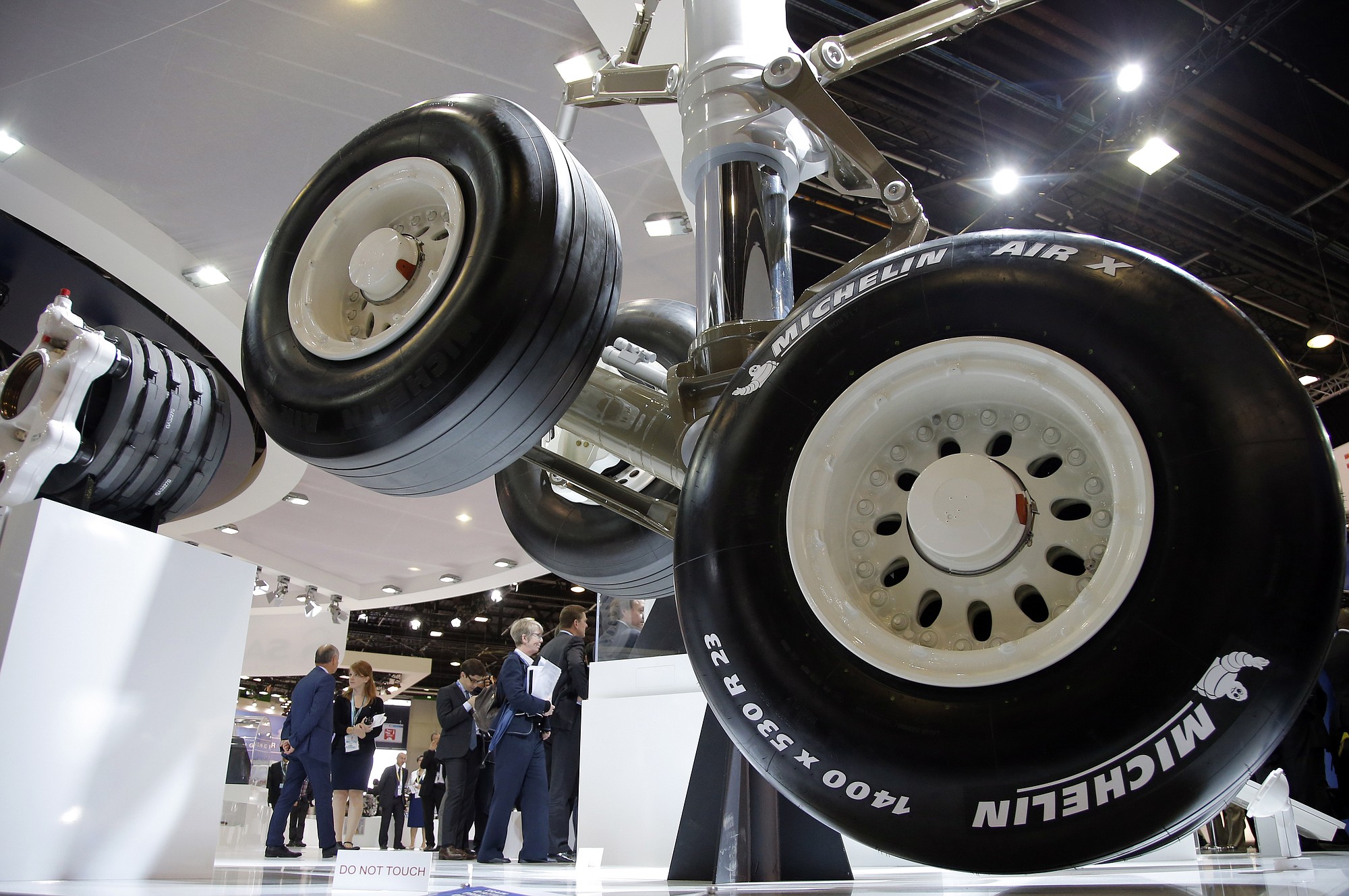Airbus chief operating officer Tom Williams says the European jetmaker must change the way it builds planes to accommodate a pace of production ahead that’s never been seen before. What’s in the works, Airbus’ ‘Future Factory,’ parallels what’s going on at Boeing’s plants in the U.S.
For years, the balance of power between these two global aerospace giants has been determined by their sales success. But over the next few years, with both their order books full to bursting, they’ll go toe-to-toe in a massive industrial acceleration, each aiming to out-build the other.
The winner will be whichever one best controls the dramatic spike in jet production.
Williams wants to fix unsafe working conditions, inconsistent quality, lost productivity.
Boeing’s shining example of manufacturing transformation is the Renton 737 jet assembly plant, where it has recently added further automation with a new fuselage systems installation line and new wing panel fastening machines. Everett is also changing, as engineers rearrange 787 Dreamliner final assembly to increase the rate and introduce robots to assemble 777 fuselages.
Scott Fancher, Boeing vice president of product development, who is responsible for all the new jet programs, said Boeing is “on the leading edge of automation.”
But he added that automation is only one element of Boeing’s manufacturing revolution.
Boeing is constantly adjusting the factory layout, the sequence of work, the way parts come in, and the way tools are provided, all to let mechanics on the production line work faster, safer and with fewer defects. Big data is mined to control and hunt for improvements in every process, he said.
Interviews with Airbus executives at the Paris Air Show suggest their thinking is remarkably similar.
They too are heavily into lean manufacturing, continuous monitoring of the worldwide supply chain, standardized production processes, and doing more work ahead of the final assembly line. And they are also investing in more automation — including robots and, Williams said, “cobots.”
A cobot is a term meaning collaborative robot, one designed to safely work alongside humans, often in tight spaces with difficult ergonomics like the center wing boxes Williams described.
Williams said that before robots can be introduced, the work done before the parts reach the robots must be standardized. If there’s any variation, he said, “the robots end up smashing lumps out of a piece of fuselage.”
“Our industry still requires customization and flexibility. We’re not going to have armies of robots everywhere,” he said. “We need intelligent automation.”
Charles Champion, executive vice president of engineering at Airbus, said the motive for moving toward automation is not cost savings. At the high production rates ahead, he said, there’s no other way to ensure the same quality every time a plane is built.
He recalls going some two decades ago to the Airbus factory in Getafe, Spain, where workers were cutting carbon fiber tape by hand to make the composite horizontal tail of the A320 jet. “It looked like a tobacco factory, where you are rolling cigars by hand. There were people everywhere.”
Today, he says, the new way is most advanced on the A350 line, where huge, sophisticated tape-laying machines cut all the wing and tail panels with very little manual intervention.
Yet Champion also said that the re-imagining of Airbus’s work goes beyond physical changes in the factories.
He said just as important is managing the supply chain, using big data to control processes all along the line and provide alerts when action is needed.
“It’s also about a seamless data flow between our requirements and the guy supplying parts somewhere on the other side of the world,” he said. “When you order a new airplane, how fast can you go through the whole supply chain, so the guy making parts in Oregon knows that he must quickly manufacture a part needed in Hamburg?”




